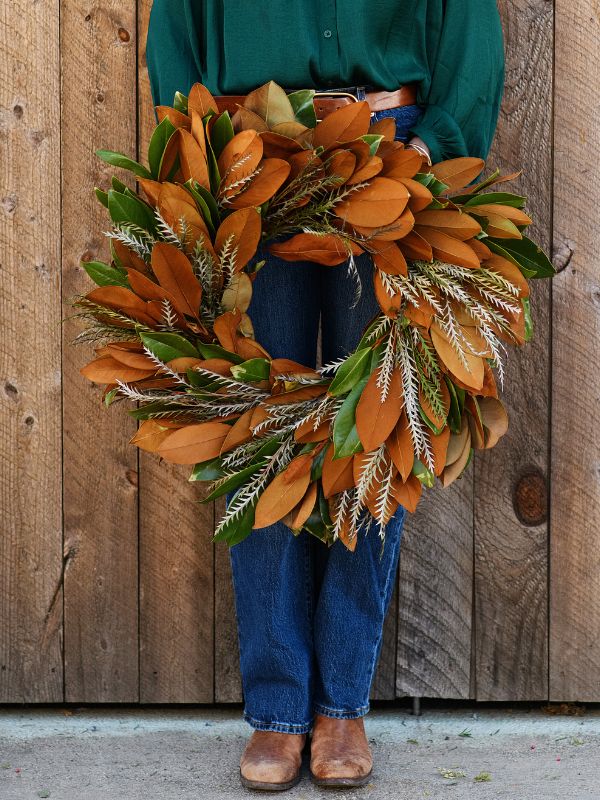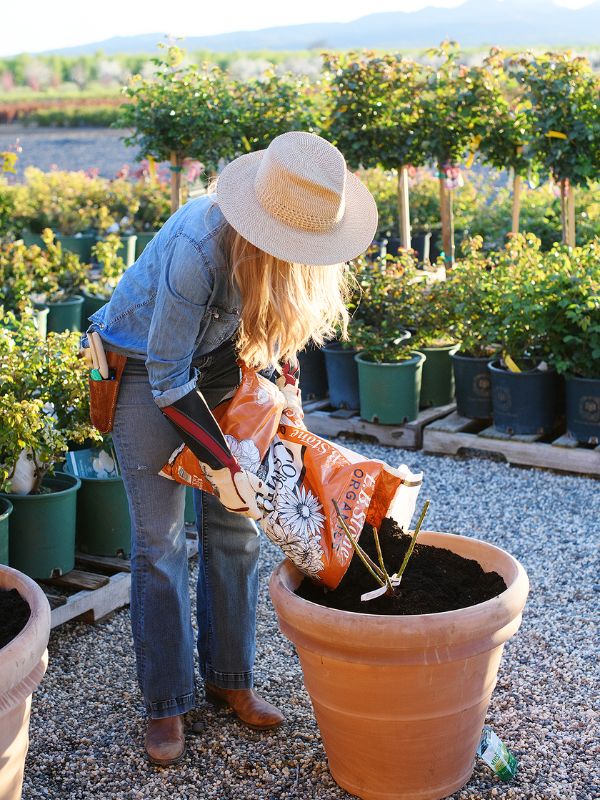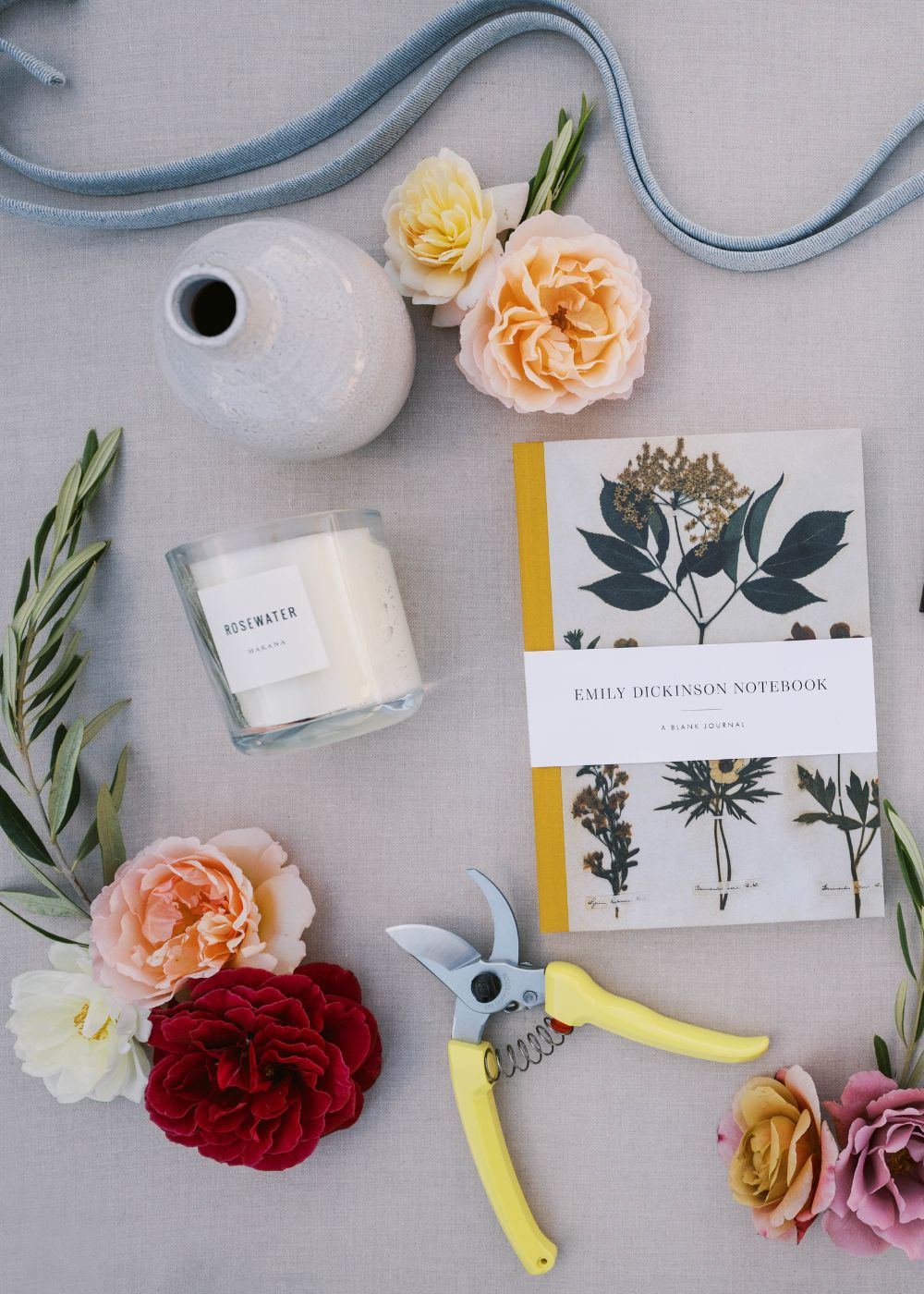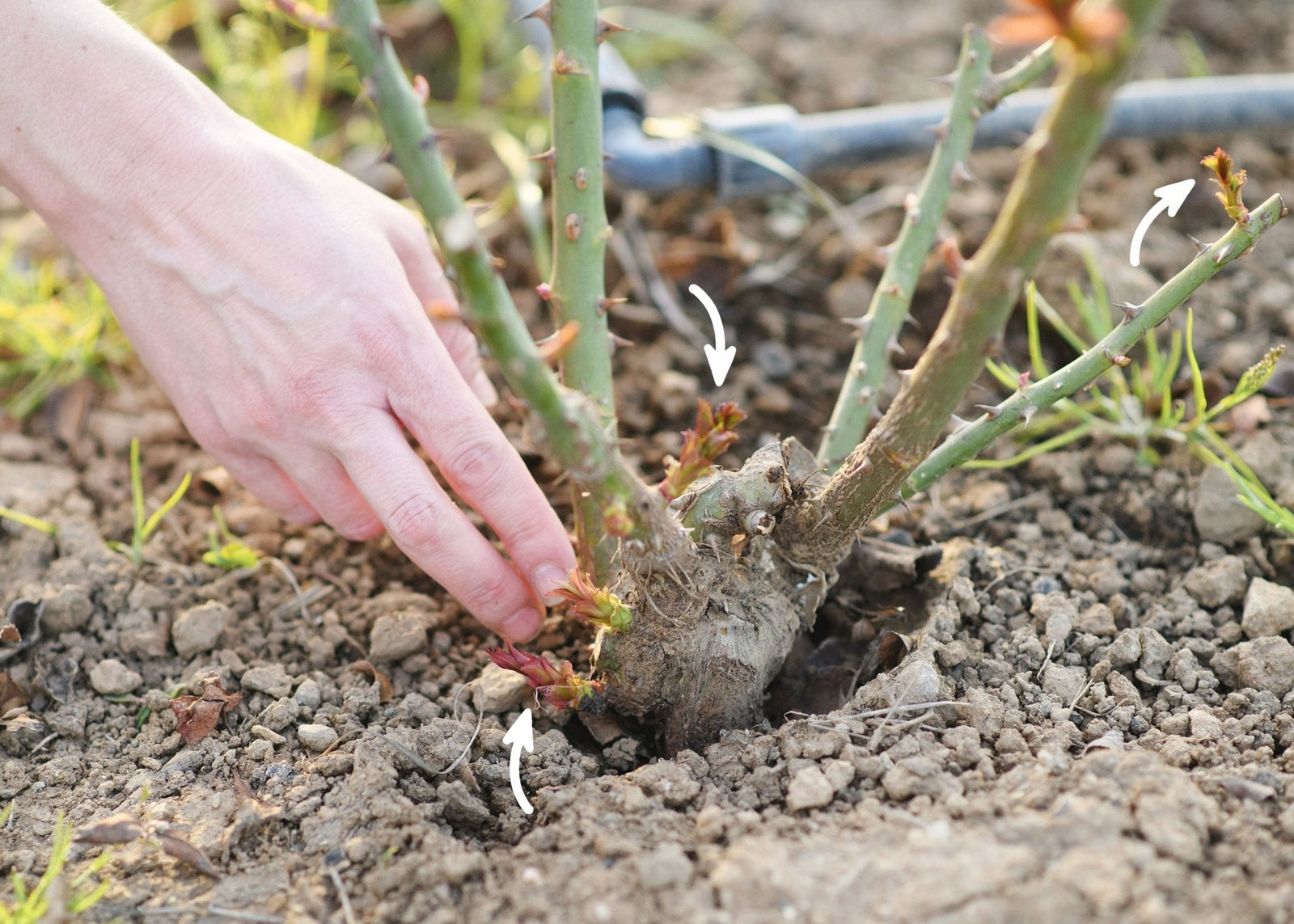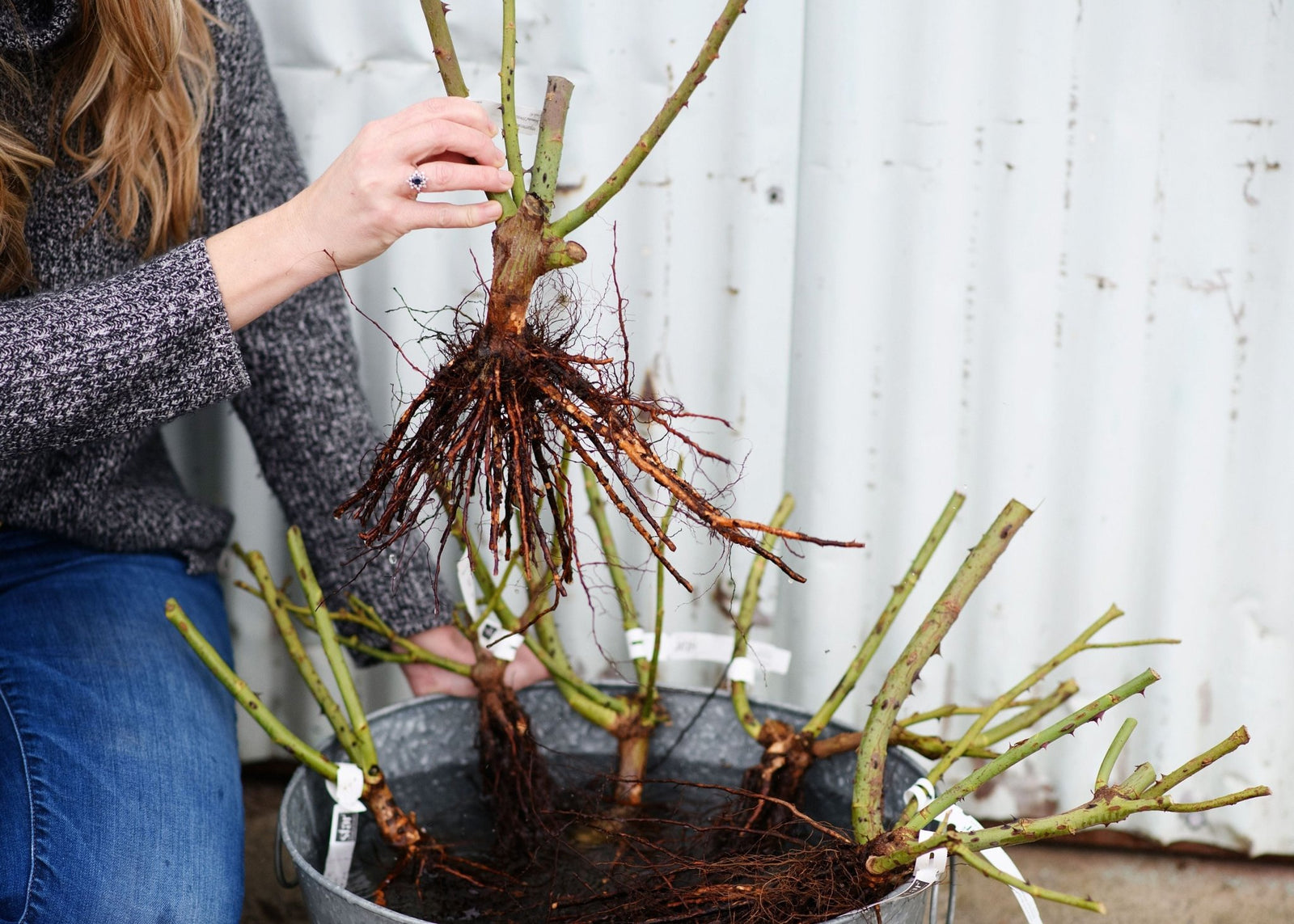I hope you are enjoying a wonderful Valentine's Day 3-day weekend with your loved ones!
February always feels like such a fitting time to focus on roses, don't you think? This month, we've been talking all about
dormant pruning. We've already covered the
why, when, and tools—today, it's time to get hands-on.
This week, I'm sharing my proven method for dormant pruning—the
5 Ds of Dormant Pruning—designed for hybrid teas, floribundas, grandifloras, and English roses.
Most home gardeners and flower farmers grow these common varieties, and this simple method works beautifully for nearly all roses in your yard. Avoid using this method for climbing, once-blooming, or shrub roses, as they require additional steps and special considerations when pruning. Grab my
FREE printable Dormant Pruning Guide to take with you to the garden. But first, here are a few things to keep in mind before you get started:
Know Your “Why”
If you're trimming roses for garden landscapes, focus on shaping and spacing, and leave canes taller. For cut flower production, go deeper and trim lower to encourage stronger, longer blooming stems. In my yard, I prune landscape roses to around 3 feet, while field-grown roses intended for cutting are trimmed to a height of 12–20 inches—about knee height. No measuring tape needed when a simple visual reference does the trick!
Set Your Structure
By the time you're done, your rose should have 5-7 sturdy, evenly spaced canes forming a bowl shape. Keep the center open and clear—this helps with airflow and allows new growth to flourish.
Pro Tip: If you're unsure about a particular cut, leave it for now. You can reassess later, or even come back the next day to take a fresh look. Remember, you can always trim more, but you can't put it back!
Don't Fear the Shears
Many gardeners are hesitant to cut too much, but pruning encourages growth and ensures vigorous blooms. Aggressive pruning signals your rose to produce healthy new canes (called basal breaks). If you skip dormant pruning or aren't thorough, older canes can turn woody and reduce the new cane & bloom production your rose will have during the growing season. Trust me—your plant will thank you for it.
Where To Cut
You'll want to make your final pruning cuts about ¼ inch above a bud eye on the cane. Here's the thing—it's an unpopular opinion in the rose world, but it really doesn't matter if you make your cut at a 45-degree angle or aim for an outward-facing bud eye. Sure, those details can be helpful, but they're not essential. Trust me, I prune thousands of roses every year and have tested just about every factor that impacts their long-term success and health. Honestly, these are two of the least important things to stress about when it comes to pruning. Relax and just make sure you aren't cutting in the middle of the bud eye damaging it!
The 5 Ds of Dormant Pruning
Here's my step-by-step system for pruning your roses to perfection:
1. Down
Cut taller roses to a manageable height (about 3 feet, or waist height). This gives you a clear view of what you need to prune. If your rose is already under 3 feet, you can skip this step.
2. Dead, Diseased, or Damaged
Remove any canes that are dead or show signs of disease. Be sure to cut damaged areas back to clean, green wood—or remove entire canes if necessary.
3. Dinky
Thin, weak canes (smaller than a pencil's circumference) won't support blooms and are more likely to die back during winter. Snip them out.
4. Diagonal & Crossing
Remove any crossing canes or those growing inward toward the center. The goal is to maintain a clear, bowl-shaped structure to improve airflow and promote healthy growth.
5. Defoliate & Clean Debris
Manually remove any remaining leaves and clean up all plant material around the base of the rose. Toss everything in the trash (not the compost) to prevent overwintering diseases and pests.
This week's action step is to get pruning (or make a plan to if it's too early for your growing zone) using the 5 Ds! Already finished? Awesome! Take a few moments to reflect on your process and jot down notes on what went well and what you'd like to improve in your gardening journal or rose diary. These reflections will be invaluable next season.
Look for this newsletter in your inbox next Sunday to wrap up our February dormant pruning series for the final step to set your roses up for success in spring. Next week, we'll be talking all about dormant spraying and bed prep!






